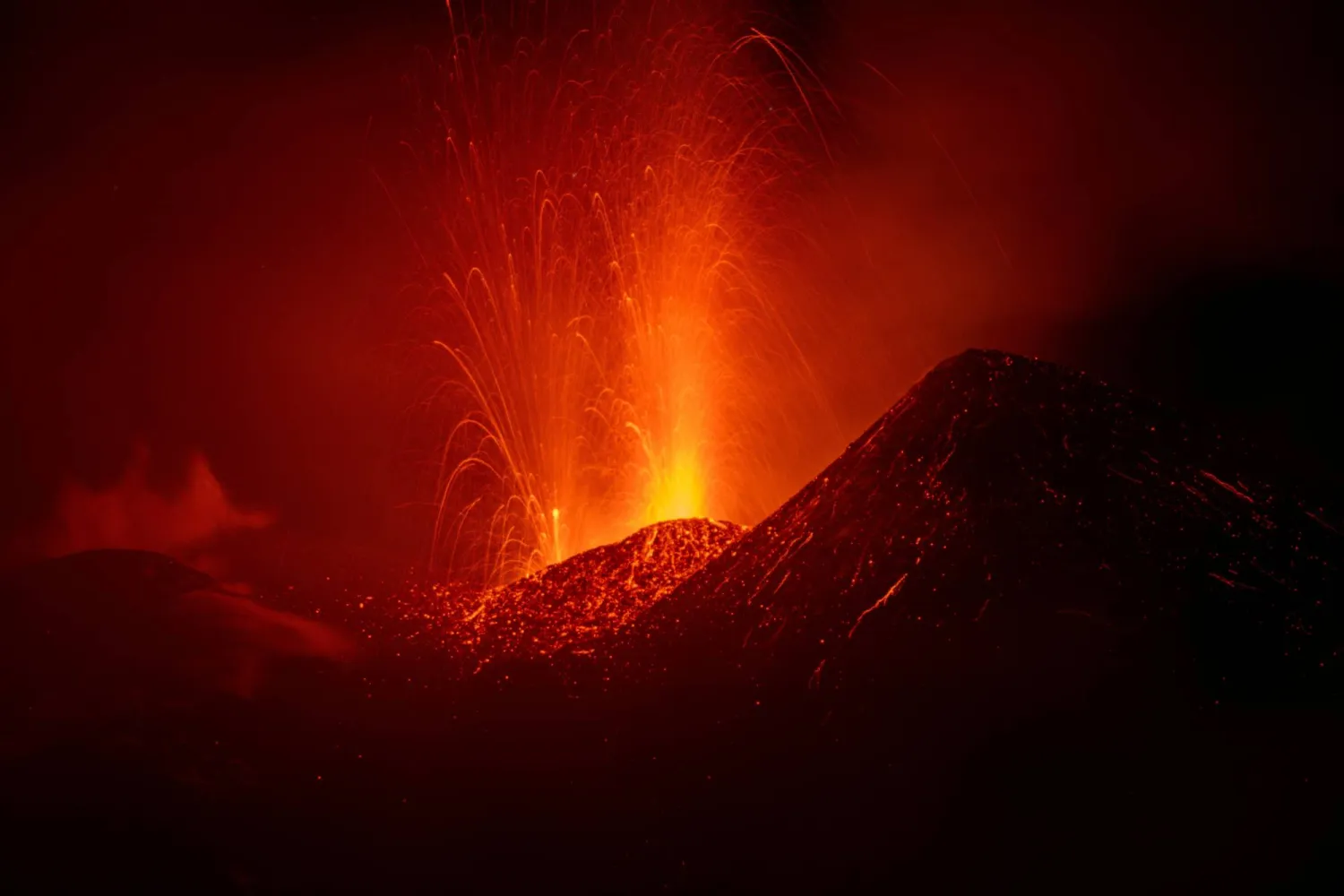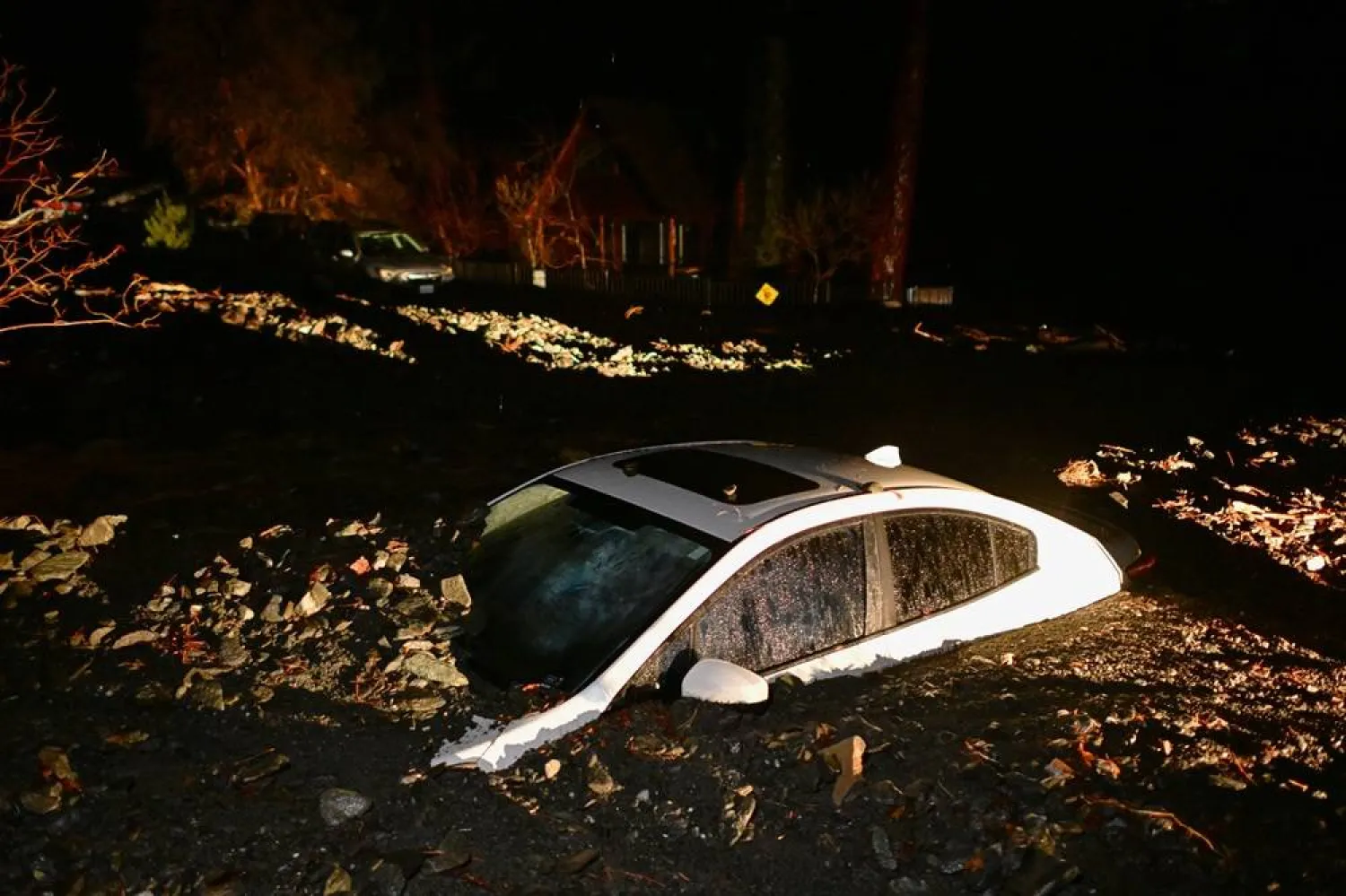Torrential rains unleashed widespread flash flooding and mud flows across Southern California on Wednesday, as authorities warned motorists to stay off roads while urging residents in flood zones to evacuate or shelter in place.
In the rain-soaked mountain resort of Wrightwood, east of Los Angeles, emergency crews spent much of the day answering dozens of rescue calls and pulling drivers to safety from submerged vehicles, San Bernardino County Fire Department spokesperson Christopher Prater said.
No casualties were reported as of Wednesday night, according to Prater.
Aerial video footage posted online by the fire department showed rivers of mud coursing through inundated cabin neighborhoods.
Downpours measuring an inch (2.54 cm) or more of rain an hour in some areas were spawned by the region's latest atmospheric storm, a vast airborne current of dense moisture siphoned from the Pacific and swept inland over the greater Los Angeles area.
The Christmas Eve storm was expected to persist into Friday, posing unsafe driving conditions during what would normally be a busy holiday travel period, according to the US National Weather Service.
"Life-threatening" storm conditions were expected to persist through Christmas Day over Southern California, "where widespread flash flooding is underway," the weather service said.
A flash-flood warning was posted across much of Los Angeles County until 6 p.m. PST, urging motorists: "Do not attempt to travel unless you are fleeing an area, subject to flooding or under an evacuation order."
Los Angeles city officials urged residents to heed evacuation orders issued for about 130 homes considered especially vulnerable to mudslides and debris flows in areas where last year's wildfires ravaged the community of Pacific Palisades.
The San Bernardino County Sheriff's Department issued an evacuation warning for Wrightwood earlier in the day, but elevated the advisory to a shelter-in-place order as flood conditions worsened. The Angeles Crest Highway, a major traffic route through the San Gabriel Mountains, was closed in two stretches due to flooding
Wednesday's heavy rainfall was accompanied by strong, gusty winds that officials said were downing trees and power lines. In upper elevations of the Sierra mountains, the storm was expected to dump heavy snow.
NWS meteorologist Ariel Cohen said 4 to 8 inches of rain had fallen in some foothill areas by 9 a.m. PST, and the Los Angeles City News Service reported numerous rockslides in the mountains. Forecasts called for more than a foot (30.48 cm) of rain falling over some lower-terrain mountain areas by week's end.
Forecasters even issued a rare tornado warning for a small portion of east-central Los Angeles County due to heavy thunderstorm activity over the community of Alhambra.
As of Wednesday night, rainfall over the region had subsided, but a second wave of the storm system was due to hit on Thursday, forecasters said.









